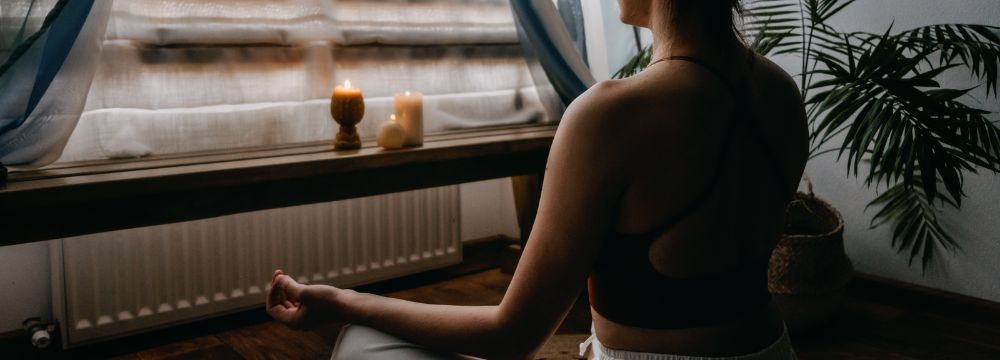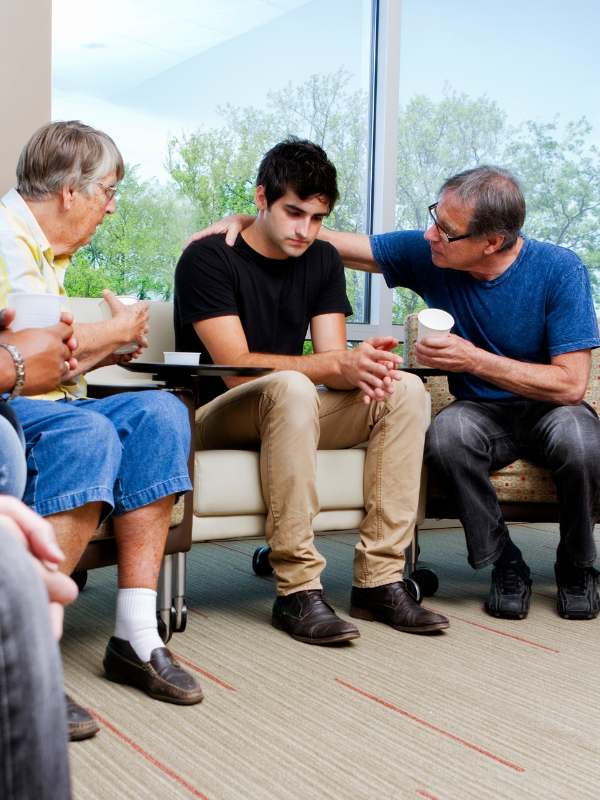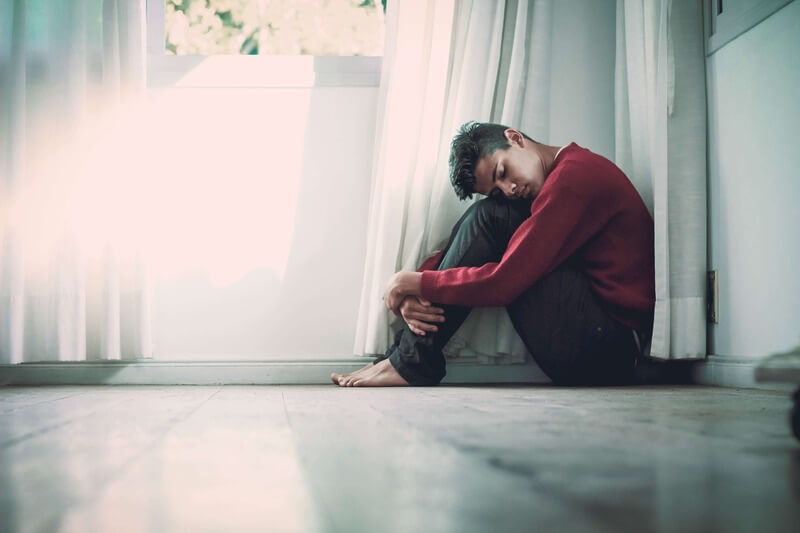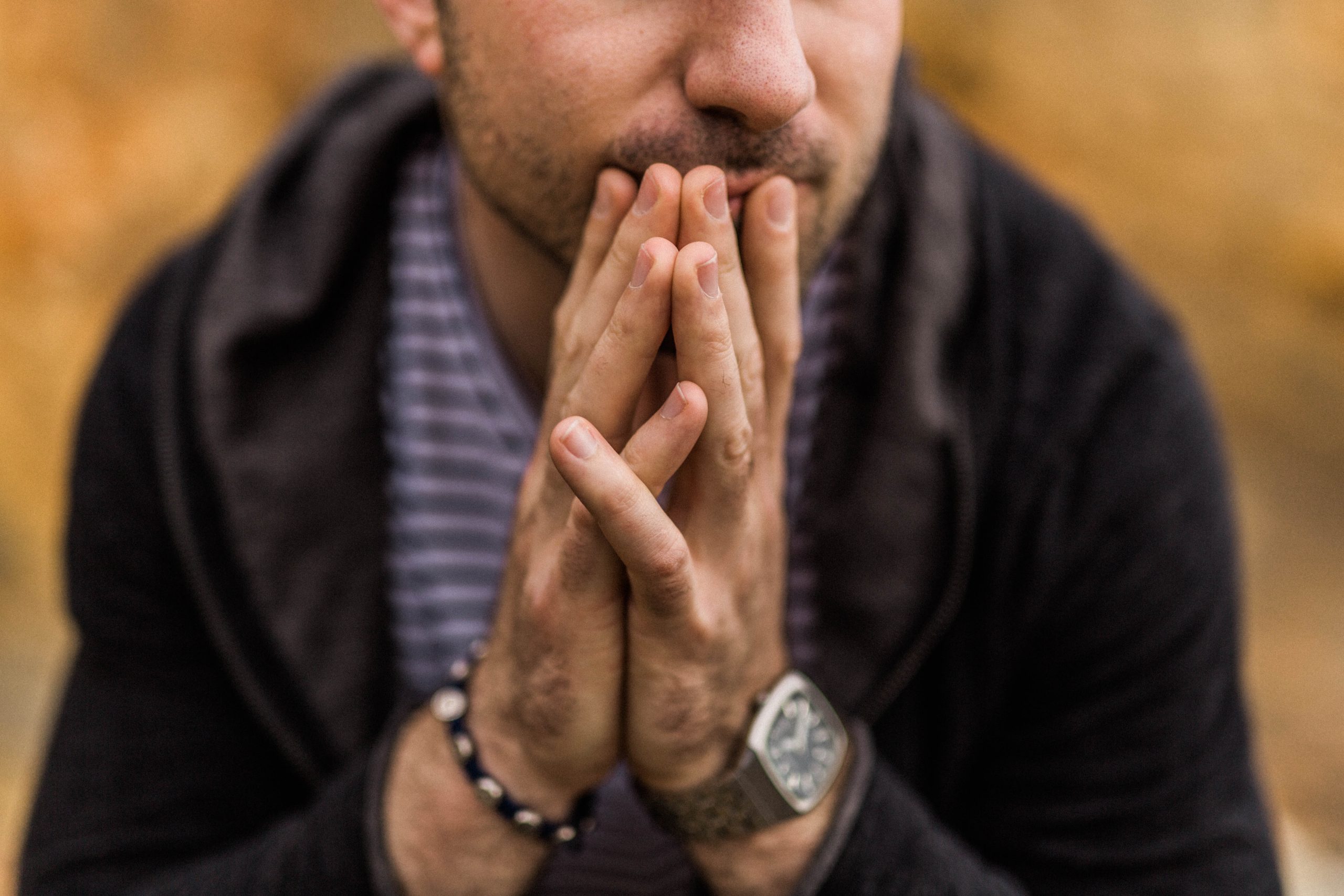5 Coping Skills to Manage Anxiety

Anxiety is uneasiness, fear, or dread in response to a situation, feeling, or thought. It’s a common experience for many individuals, and often anxiety can be helpful, allowing them to focus, identifying something needing an immediate response, or providing energy and motivation. A person faced with a difficult situation at work may experience anxiety resulting in them seeking support from a co-worker and establishing a plan for finding a solution. But anxiety becomes a problem when it interferes with daily activities or causes excessive, lingering, or chronic discomfort. For example, the same difficult situation at work now creates negative anxiety when the resulting response is overwhelming fear and avoidance of responsibilities, resulting in potential termination. Anxiety disorders result from inappropriate reactions that do not go away or worsen as time passes.
Anxiety disorders are the most prevalent mental disorder in the United States, affecting 20-30% of adults. They are composed of various diagnoses that describe collections of symptoms that differ by the situations or experiences that trigger them. However, all result in excessive fear, discomfort, and behavioral disturbances. Some of the most common anxieties include:
- Separation Anxiety – This describes excessive fear resulting from concerns of being separated from home or people to whom one is attached. This diagnosis is more prevalent in children and adolescents and tends to decrease as individuals age. Separation anxiety is triggered by a life stress or separation, especially a loss, and the resulting behaviors (refusing to leave or sleep away from home, excessive fear of harm coming to a loved one, extreme fear of being alone, nightmares involving thoughts and fears of separation, etc.) cause significant distress and disturbance in overall functioning.
- Specific Phobia describes anxiety related to a particular object or situation, such as arachnophobia (fear of spiders) and claustrophobia (fear of enclosed spaces). The experience of overwhelming fear can result from the object’s actual presence as well as the anticipation of being near the feared object. Specific phobias typically develop following a traumatic incident or observing or hearing someone else going through a traumatic incident.
- Social Anxiety Disorder/Social Phobia occurs in social situations involving potential judgment by others, fears of being humiliated or rejected, and resultant avoidance of social situations or experiencing social situations with extreme stress. Social Anxiety can be caused by an initial humiliating or embarrassing experience that triggers continued social anxiety. It can also develop over time following multiple incidents or building avoidance and fear of potential exposure to social situations.
- Panic Disorder describes recurrent and unexpected panic attacks, which is defined as an abrupt experience of fear or discomfort with onset and occurrence within a matter of minutes and is made up of a variety of physical and psychological symptoms, including heart palpitations, sweating, shaking, shortness of breath, chest pain, nausea, dizziness, chills, derealization, fear of dying, etc. The experience of a panic attack is followed by persistent fears that another attack will occur and/or significant behavior change designed to avoid future attacks. Different experiences can cause a panic disorder. For some individuals, panic attacks may occur because of stressful situations, whereas for others, they may occur without warning. Typically, individuals can identify a specific stressor occurring before their initial experience of a panic attack.
- Agoraphobia describes overwhelming fear and avoidance related to the inability to escape certain situations, as well as the potential to experience overwhelming anxiety or panic in those potential situations. The most common situations that trigger this overwhelming fear include public transportation, being in open or enclosed spaces, waiting in line or a crowd, or being outside one’s home. A negative or traumatic event can cause agoraphobia and often is seen with a comorbid panic disorder diagnosis.
- Generalized Anxiety Disorder (GAD) is the most commonly diagnosed anxiety disorder. GAD described excessive worry and anxiety that is difficult to control and includes symptoms like restlessness, fatigue, irritability, poor concentration, muscle tension, and trouble sleeping. Unlike other anxiety disorders, the cause of GAD may not be a specific event or experience. Often, the most debilitating part of GAD is the constant worrying that makes functioning difficult.
Although the different anxiety disorders have unique constellations of symptoms and presentations, all anxiety disorders have similar causes that result in the eventual experience. Individuals with shy or withdrawn personality traits can be at increased risk for eventually developing an anxiety disorder, as are those who experience traumatic events. There is also an increased risk of developing anxiety disorders in individuals with a family history of anxiety disorder or other mental health diagnoses and for those that struggle with certain medical conditions. As with all mental health diagnoses, a lack of support, financial concerns, struggles to meet basic needs, and co-occurring mental health and substance abuse issues increase the risk of developing an anxiety disorder.
Gender Differences in Anxiety
Outside of separation and social anxiety, where the gender ratio is even, females are twice as likely to be diagnosed with an anxiety disorder. Studies have shown that prevalence rates for anxiety disorders over the lifespan are about 30% for women and 19% for men. Many studies have explored the potential causes of this gender differential, with biological (hormone fluctuations and brain chemistry), cultural (women are more likely to report symptoms and seek treatment), and behavioral (different styles of coping with stressful events result in other anxiety presentations) factors all discussed as potential reasons for this gender gap. Researchers continue to explore the epidemiological factors behind this gender disparity that will enable more effective and targeted treatments and preventative interventions for individuals struggling with and at risk for anxiety disorders.
Pandemic-Related Anxiety
The Pandemic significantly impacted the number of individuals struggling with mental health symptoms, including anxiety. Many risk factors for the development of anxiety disorders were part of the mandated response to prevent the spread of the coronavirus, including isolating and reduced access to support. The prevalence of anxiety disorders has also increased in individuals on the front lines of providing care for those who fell ill, including first responders, doctors, and caregivers. We continue to see the pandemic’s impact on the prevalence of mental health concerns, and we must identify ways to manage symptoms and provide support to prevent and ameliorate the negative impact.
Managing Anxiety
The good news is that there are many ways to manage anxiety. Extensive studies have shown that developing positive coping skills and adopting healthy routines and lifestyles can significantly reduce the experience of anxiety symptoms.
- Regular physical and self-care activities, such as prioritizing good sleep hygiene, working out, and eating healthily, can relieve anxiety. For example, regular exercise releases endorphins with many psychological and physical benefits. Exercise in a group setting can also ease the patient into more social situations, improving confidence. Proper diet and exercise can also help with the management of excess weight, which has been shown to correlate to anxiety and depression in many studies.¹
- Hydrating can reduce your stress levels, improve energy, and reduce your risk of illness. The correlation between hydration and anxiety is also noted in several studies.²
- It is important to limit alcohol use, abstain from drugs of abuse, and quit smoking, as they risk your health and significantly impact your body’s ability to handle stress and its autonomic responses.
- Practicing mindfulness and meditation are also proven to reduce stress and improve your ability to cope with anxiety.
- Learn to identify triggers that result in acute anxiety symptoms. Often, individuals can learn to track their experience of anxiety, identifying patterns in their experiences to prepare for triggers that result in anxiety to allow for the implementation of coping skills to prevent the experience or at least mitigate the impact or intensity of the anxious experience.
Although creating healthy routines and implementing stress reduction techniques can help manage anxiety, there are times when seeking professional help is the best option. Empirically based treatment modalities, such as cognitive-behavioral and exposure therapy, have proven clinical effectiveness in reducing anxiety symptoms and improving functioning in individuals struggling with anxiety disorders.
The Sylvia Brafman Mental Health Center recognizes the prevalence and significance of anxiety in modern-day society. Our mental health programs are specifically tailored to each patient’s needs and are delivered by leaders in the field. We know that mental health disorders often cause substance abuse issues as well. As such, we have a comprehensive substance abuse (dual diagnosis) program to help our patients fight their disease on both fronts. Contact us for more information about the program and details on admission.
Resources:
- Luppino FS, de Wit LM, Bouvy PF, Stijnen T, Cuijpers P, Penninx BW, Zitman FG. Overweight, obesity, and depression: a systematic review and meta-analysis of longitudinal studies. Arch Gen Psychiatry. 2010 Mar;67(3):220-9. doi: 10.1001/archgenpsychiatry.2010.2. PMID: 20194822.
- Carretero-Krug A, Úbeda N, Velasco C, Medina-Font J, Laguna TT, Varela-Moreiras G, Montero A. Hydration status, body composition, and anxiety status in aeronautical military personnel from Spain: a cross-sectional study. Mil Med Res. 2021 Jun 2;8(1):35. doi: 10.1186/s40779-021-00327-2. PMID: 34074350; PMCID: PMC8170814.



